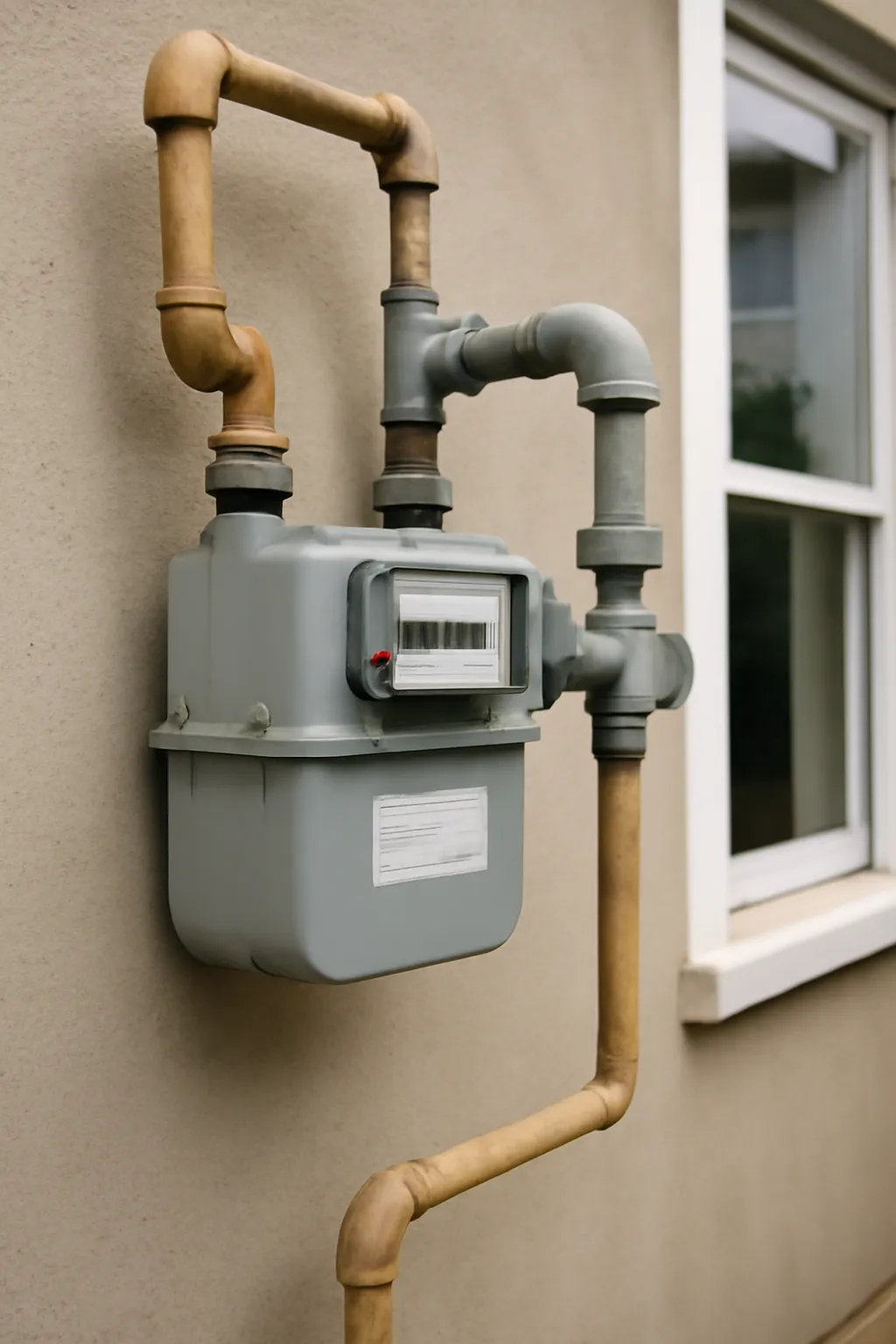In recent times, the topic of urban gas rate increases has sparked significant concern among consumers, energy providers, and policymakers alike. With the growing importance of energy efficiency and sustainability, understanding the reasons behind these rate hikes is essential for individuals and businesses to make informed decisions about their energy usage. As urban gas prices are directly impacted by global energy trends, domestic policies, and supply-demand balances, it’s critical to examine the key factors behind this rising cost.
How does the increase in urban gas rates affect you? What should you anticipate in the future regarding city gas rates? This article dives into these concerns, offering an expert perspective on the ongoing urban gas rate increase.
Urban Gas Rate Increase
Urban gas rate increases are becoming a reality for millions of households, particularly in metropolitan areas where natural gas consumption is high. This increase can stem from several different factors, including higher wholesale gas prices, changes in government regulations, and shifts in energy infrastructure.
A significant contributor to this rate hike has been the rise in global energy prices, influenced by geopolitical factors and fluctuations in oil and gas production. As countries around the world compete for natural gas resources, costs have risen. These increases, in turn, reflect on consumer gas bills. Additionally, many governments are tightening regulations on energy usage, which can also lead to higher costs as businesses and utilities adapt to new standards.
Case in point: In 2024, numerous urban centers across the U.S. and Europe experienced a surge in gas prices due to supply disruptions in major production areas. Households that previously paid lower rates saw an increase of up to 25% in their monthly bills. This shift places additional pressure on consumers, especially those in low-income households, where energy costs can be a significant portion of their overall budget.
To address this, many consumers are turning to alternative energy sources like solar or wind, or making changes to reduce their overall gas consumption. Implementing energy-saving appliances, insulating homes, and adjusting thermostats during peak hours are practical ways to counter the effects of increasing gas rates.
Why is this important? The consequences of gas price hikes go beyond just an increase in monthly bills. They impact household budgets, business operations, and even government policies on energy sustainability. It’s crucial to stay informed and adjust your usage patterns to minimize the financial impact.
👉 Stay informed on gas rate trends 👈
City Gas Rates Forecast
Looking ahead, what can we expect from city gas rates in the coming years? The forecast for urban gas prices is highly dependent on multiple dynamic factors. A key element is the global energy transition towards renewable energy sources. As countries continue to invest in solar, wind, and other forms of green energy, reliance on natural gas may decrease, potentially stabilizing or even lowering prices. However, this transition may take years, and in the interim, volatility in global gas markets could cause sharp spikes in prices.
Another critical factor influencing future gas rates is technological advancement in the extraction and distribution of natural gas. New innovations in gas extraction, like hydraulic fracturing (fracking), have made it possible to access previously untapped reserves. While this has the potential to drive down prices, it also comes with environmental concerns that could prompt governments to regulate the industry more strictly.
For example, in 2023, the introduction of stricter emissions regulations in major gas-producing countries resulted in a rise in operational costs, which affected global gas prices. As city gas rates follow this trend, consumers could see further rate hikes if the industry doesn’t adapt to these changes.
So, what’s next for consumers? Expect moderate increases in the near future, followed by potential price stabilization as green energy technologies mature and as markets balance out supply and demand dynamics. Keeping an eye on these developments will help you plan and prepare for any upcoming changes in the rates you pay.
👉 View the latest city gas rate trends 👈
Urban Gas Rate Increase Rate
The urban gas rate increase rate itself is a topic that deserves careful examination. What is the average rate of increase, and how is it calculated? Gas companies typically announce rate hikes based on a formula that takes into account the cost of purchasing gas, operating expenses, and the need for infrastructure investments. These formulas are often complex, involving various variables that can fluctuate depending on external conditions.
One notable example comes from the recent trend observed in several Asian cities, where gas prices increased by an average of 12% annually due to rising global energy costs and domestic supply issues. This increase is often coupled with government-imposed regulatory measures aimed at maintaining the stability of the energy market. As a result, consumers face higher utility costs, but governments also strive to keep rate increases at a level that prevents too much public unrest.
Many cities are also introducing “tiered pricing” systems, where the price per unit of gas increases based on the amount consumed. This system is designed to encourage consumers to reduce their overall gas consumption, especially during peak usage periods. For instance, households that use more than a certain threshold of gas each month may see significantly higher rates, promoting more efficient energy use.
What can consumers do? While gas rate increases are inevitable in certain scenarios, consumers can mitigate these costs by adjusting their consumption habits. Consider using gas only when necessary, investing in energy-efficient appliances, and exploring alternative energy options where possible.
👉 Learn more about managing gas rate increases 👈
Conclusion
As urban gas rate increases continue to affect households worldwide, staying informed about the factors driving these changes is crucial for managing costs and ensuring energy efficiency. From global market fluctuations to domestic policy shifts, the urban gas landscape is evolving rapidly. By understanding the dynamics of city gas rates and adopting energy-saving strategies, consumers can navigate these challenges with greater ease.
In the words of Albert Einstein, “We cannot solve our problems with the same thinking we used when we created them.” Adapting to the changes in energy pricing requires fresh perspectives and new approaches to energy use, whether through technological innovations or lifestyle adjustments.
Stay updated on the latest rate forecasts, and remember, every little change in your energy habits can lead to significant savings.






